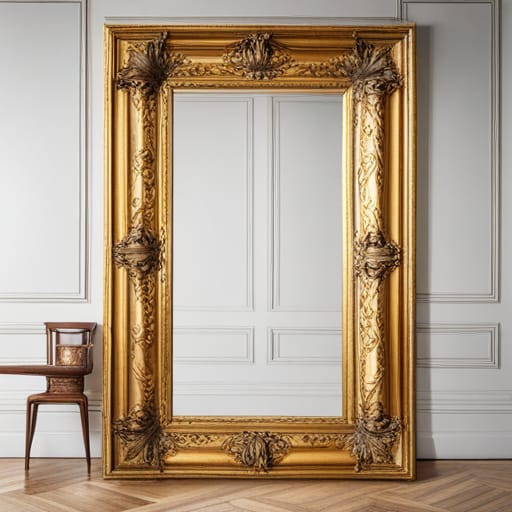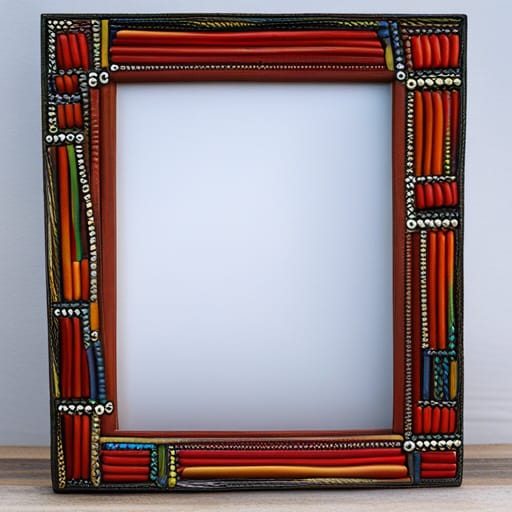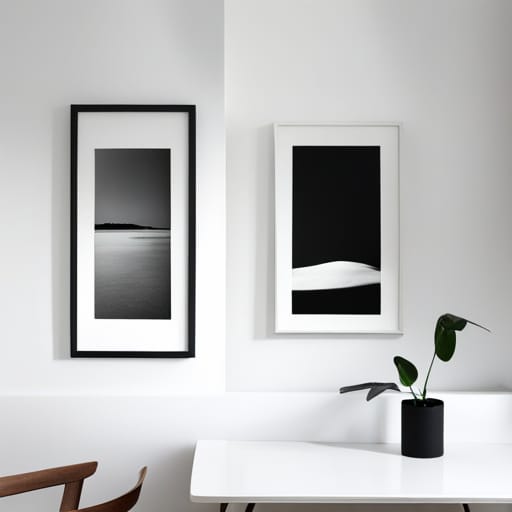Blog
Categories
Search
Last Add

Global Frame Making Traditions
The world of art is part of diverse cultural and historical influences. In this field, frame making emerge as visible but often overlooked aspects. Frames, which are often graceful enclosures for our paintings, photographs, and posters, embody the cultural heritage of their places of origin. Each corner of the globe offers its own unique perspective that reflects its distinct artistic and cultural identity. In the blog, we will discuss what are the traditions of creating frames in different parts of the world.
Italian Renaissance Frames
Italy is famous for its artistic heritage, but it has no less important experience in the art of frame making. During the Renaissance, frames were transformed into seamless extensions of the works they housed. Richly gilded and skillfully carved with classical motifs, frames are integral elements of painting. They speak volumes about the opulence and aesthetic sophistication of the Renaissance era, where frames are canvases for artistic expression that bring life to the art they create.

Japanese Wabi-Sabi Frames: Beauty in Imperfection
In contrast to the richness of Italy, frame making in Japan is dramatically different. The tradition includes a deep concept of wabi-sabi. Based on a reverence for the beauty seen in simplicity, imperfection, and aging, Japanese frame design affirms the nation's unique aesthetic philosophy. Crafted from bamboo and guided by minimalist design principles, these frames are the perfect accompaniment to traditional Japanese artwork. They evoke a deep sense of calm, emphasizing that true beauty often resides in imperfection.
Spanish Baroque Frames
Spanish Baroque frames are the embodiment of wealth and luxury. They consist of elaborate ornaments, gilded surfaces and intricate details. The frames blend in with the baroque paintings and enhance their dramatic impact. They are a tangible expression of the era, embodying the fusion of artistic and architectural elements. Frames gained enormous importance in Spanish Baroque architecture, especially in the sacred spaces of churches and cathedrals. They served admirably in the complex interplay between creativity and religion.
Chinese Lacquer Frames
Chinese lacquer frames are a vivid example of the country's vast creative heritage. Frames made in China include intricate designs and bright colors. The frames feature classical Chinese motifs, including "auspicious" symbols, mythical creatures, and complex landscapes. They are decorated with exquisite designs and vibrant colors. These frames transcend their primary function as a protective shield for artworks and become cultural relics.
African Beaded Frames
African frame making traditions are as diverse as the continent itself. One such fascinating custom involves using beads to create frames. The use of beads in the creation of an African frame is a centuries-old tradition. Each bead has its own meaning and history. These beads can represent tribal affiliations, ancestral stories or symbols of cultural values. The intricate patterns and colors woven into these frames are in fact a visual language that connects the cultural and historical narratives of African communities.
From the Zulu beadwork of South Africa to the Maasai beadwork of East Africa, this tradition varies widely across the continent. Each region and ethnic group uses different techniques and beading patterns, resulting in frames that are not only beautiful, but also clearly reflect their origins.

Native American Frame Art
Native American frame art acknowledges the deep connection between Aboriginal communities and the natural world. Frames are made using materials such as feathers, shells and wood. They are full of spiritual and symbolic meanings. The feather represents communication with the spirit world, the shell represents protection and abundance and the tree represents the purity of the earth. Frames are not just shells. They are sacred vessels that honor ancestral traditions and beliefs, a tangible manifestation of spiritualism in the realm of art.
Islamic Geometric Frames: Symmetry in Art
Islamic frame design is an embodiment of the profound influence of Islamic art and architecture. Frame making is characterized by complex geometric patterns that reflect the heritage of religious culture. The frames connect art and mathematics, creating symmetrical masterpieces that echo the precision of Islamic architecture. Within each frame lies a testament to the harmonious fusion of artistic expression and mathematical rigor, offering a doorway into the fascinating world of Islamic aesthetics.
Scandinavian Minimalism in Frame Making
Scandinavian design, known for its unwavering commitment to simplicity and functionality, extends its influence to the creation of the frame. In the field of frames, the Scandinavian aesthetic is characterized by clean lines, the use of light wood and an overall minimalism. These frames embody the region's design ethos where form follows function. "Less is more" philosophy, they demonstrate a harmonious balance of aesthetics and practicality. The frames are distinguished by their elegance, which emphasizes that in the making of the frame, beauty arises from the seamless fusion of simplicity and purpose, which increases the artistic value.

Indian Ornate Frames
The Indian frame design is a display of spirituality that usually adorns art and temple spaces. Frame making is characterized by a fascinating mix of intricate carvings, precious stones and religious iconography. Each frame is a visual symphony. The frames are presented as divine gateways that embody India's rich artistic heritage, where every detail reflects the deep connection between art, spirituality and tradition.
Middle Eastern Filigree Frames
Middle Eastern filigree frames are an exquisite example of the beauty of metals and patterns. These frames are adorned with delicate, intricately crafted designs and carry cultural and artistic significance. Filigree art signifies a timeless commitment to detail and craftsmanship that echoes the region's rich heritage. Each frame is not only an artistic masterpiece, but a cultural legacy that reflects the Middle East's enduring commitment to the intersection of beauty and craftsmanship.
Sum up
Frame making is a craft that drawing upon a wide array of traditions and techniques from across the globe, creating a diverse and intricate web of styles and methods. This art form embodies the essence of each culture. These frames, whether adorned with opulent carvings, vibrant colors, or intricate patterns, serve not only as enclosures for cherished artworks but also as windows into the soul of their respective cultures. They encapsulate the values, beliefs, and artistic expressions of their creators, connecting the past with the present. Frame making transcends mere craftsmanship. It is a testament to the enduring legacy of human creativity and of our global heritage.


